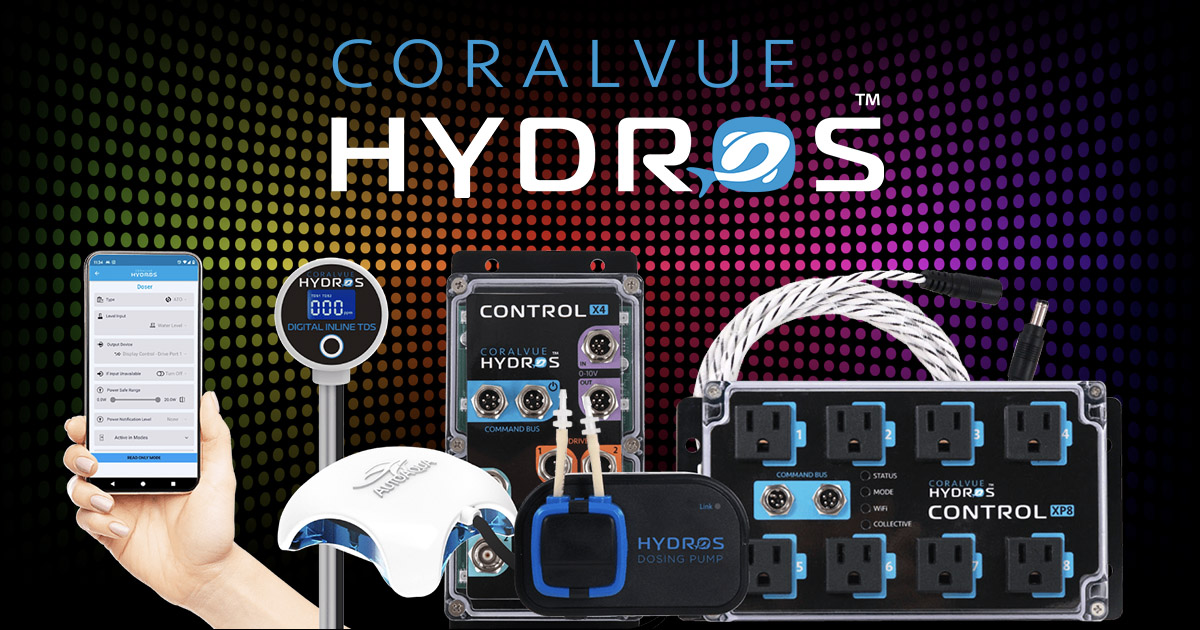I hear you guys. I just want simple and most importantly fail proof. Cost is less of a concern compared to cost of critters.
I would have been more impressed by no wifi connection, and direct cable, to things i am plugging in and controlling.
For now, im holding off and leaning towards all DHL... controller, alk doser and tester, and the new ion tester when it comes out.
Mostly, because Hydros does not seem to have everything sorted yet and my buddy has a DHL and he never talks about it because it just always works... It looks nice... and its one set of equipment from one company and not a Frankenstein of various this and that because they did something like wifi where its not desired...
Ill just have to learn DHL's learning curve... nothings perfect, but if that's the worst of it, that'll probably be my choice
I would have been more impressed by no wifi connection, and direct cable, to things i am plugging in and controlling.
For now, im holding off and leaning towards all DHL... controller, alk doser and tester, and the new ion tester when it comes out.
Mostly, because Hydros does not seem to have everything sorted yet and my buddy has a DHL and he never talks about it because it just always works... It looks nice... and its one set of equipment from one company and not a Frankenstein of various this and that because they did something like wifi where its not desired...
Ill just have to learn DHL's learning curve... nothings perfect, but if that's the worst of it, that'll probably be my choice



















